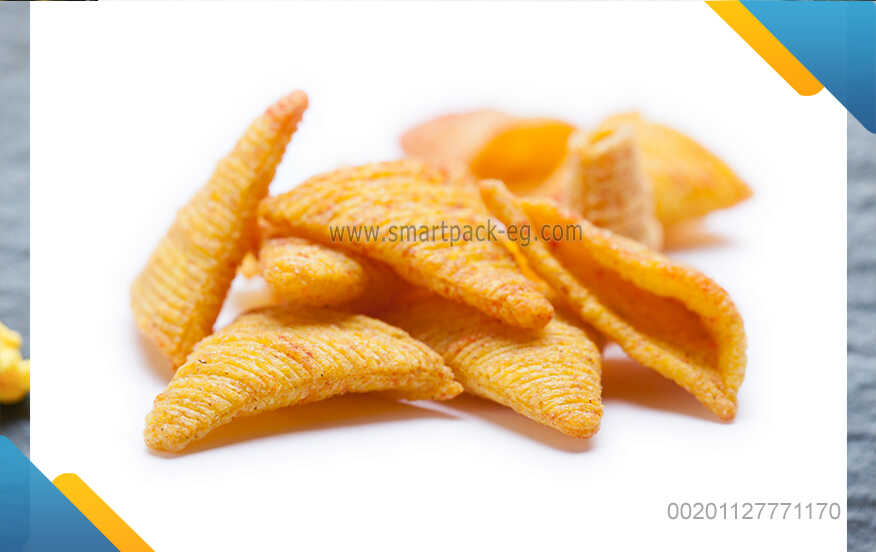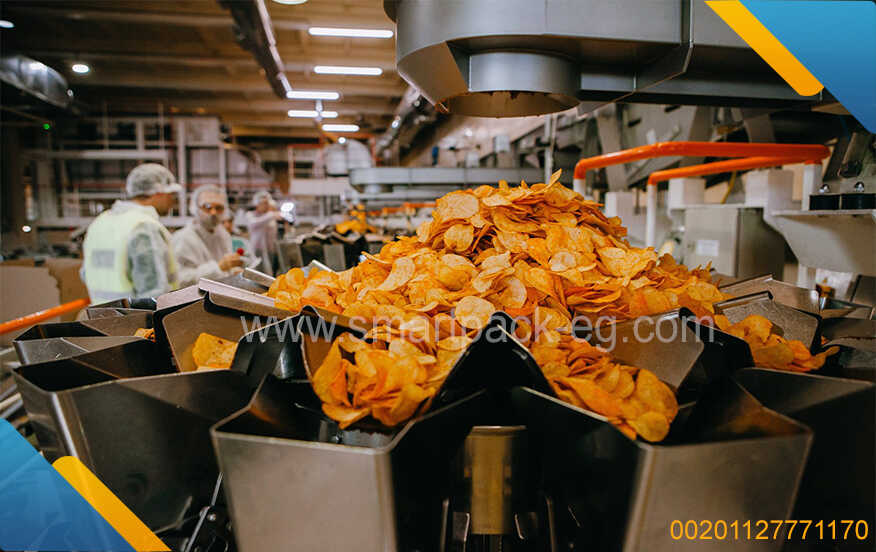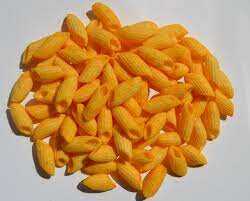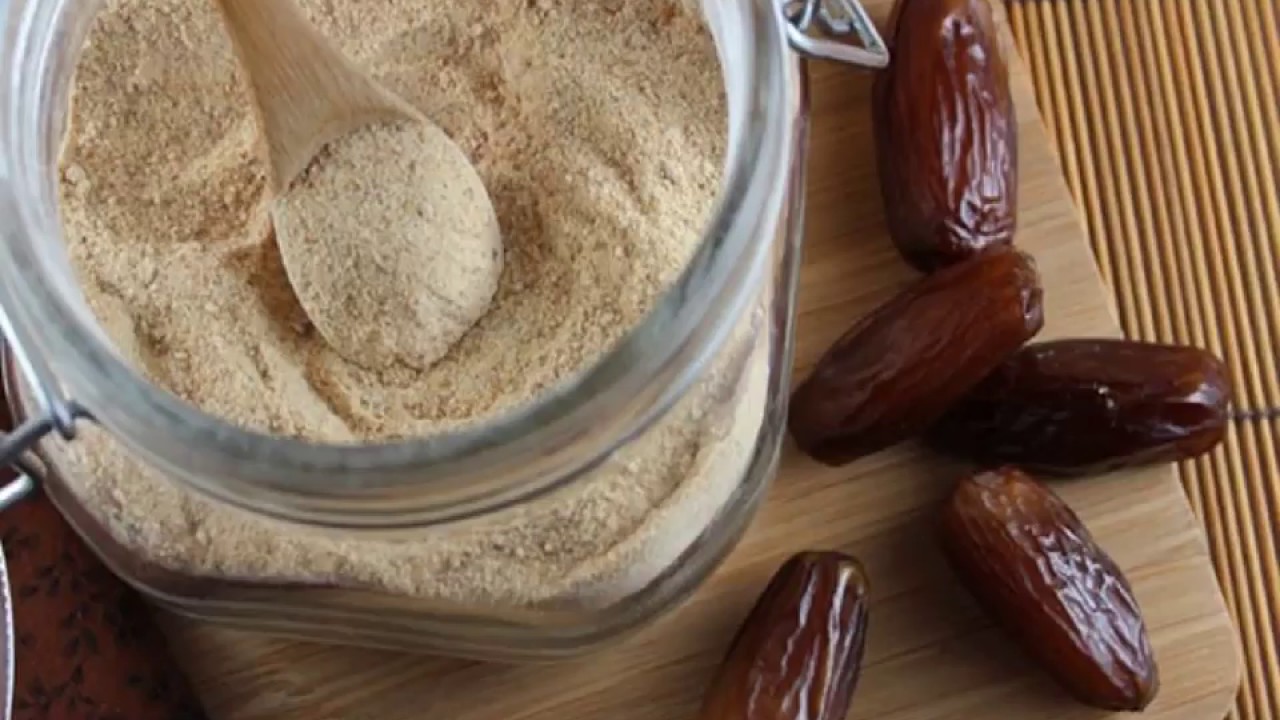Title: A Comprehensive Guide to Pellet Chips Production Line with Packing Machines weighing 250 kg/h
Introduction:
In this guide, I will provide detailed instructions on setting up and operating a pellet chips production line, specifically focusing on packing machines with a capacity of 250 kg/h. This step-by-step guide will help you understand the process involved, from the raw material sourcing to the final packaging stage. Let's dive in!
Table of Contents:
-
Raw Material Sourcing
-
Pre-processing
-
Pelletizing Process
-
Drying the Pellets
-
Cooling the Pellets
-
Screening and Grading
-
Packaging Process
-
Raw Material Sourcing:
To initiate the pellet chips production line, you need to procure high-quality raw materials. Popular options include wood residues, sawdust, wood shavings, bamboo, or other biomass waste materials. Ensure that the raw materials meet standard quality requirements for efficient pellet production. -
Pre-processing:
The pre-processing stage involves sorting and cleaning the raw materials before they are fed into the production line. Remove any foreign objects, such as stones or metal fragments, and ensure uniformity in the size of the materials. -
Pelletizing Process:
The pelletizing process is where the raw materials are converted into pellet chips. Feed the pre-processed materials into a hammer mill or a wood chipper for size reduction. Next, convey the chipped or pulverized materials to a pellet mill where they are compressed under high pressure with the help of a die. The produced pellets will be cylindrical in shape. -
Drying the Pellets:
After the pelletizing process, the pellets will have a moisture content higher than what is required for storage and packing. To achieve optimal moisture levels (around 10-12%), use a pellet dryer or a rotary dryer to effectively lower the moisture content without damaging the pellets. -
Cooling the Pellets:
To prevent pellet degradation and ensure long shelf life, you need to cool the pellets down to room temperature. This can be achieved using a pellet cooler, which removes excess heat generated during the drying process. -
Screening and Grading:
After cooling, the pellets should be screened to remove any fines or undersized pellets. Incorporate a pellet screener or classifier to ensure consistent pellet quality and sizing. This step significantly improves the overall efficiency of the packing process. -
Packaging Process:
The final stage of the production line involves packing the pellet chips. Set up a packing machine with a weighing capacity of 250 kg/h for efficient and accurate packaging. Ensure that the packaging materials, such as bags, are durable and have appropriate oxygen and moisture barriers to maintain the freshness and quality of the pellets.
Conclusion:
By following this comprehensive guide, you can successfully establish and operate a pellet chips production line with packing machines weighing 250 kg/h. From raw material sourcing to the packaging process, each step is crucial in producing high-quality pellets suitable for various applications. Remember to prioritize safety and adhere to international quality standards throughout the entire production process. Good luck with your venture!


 Admin
Admin 





